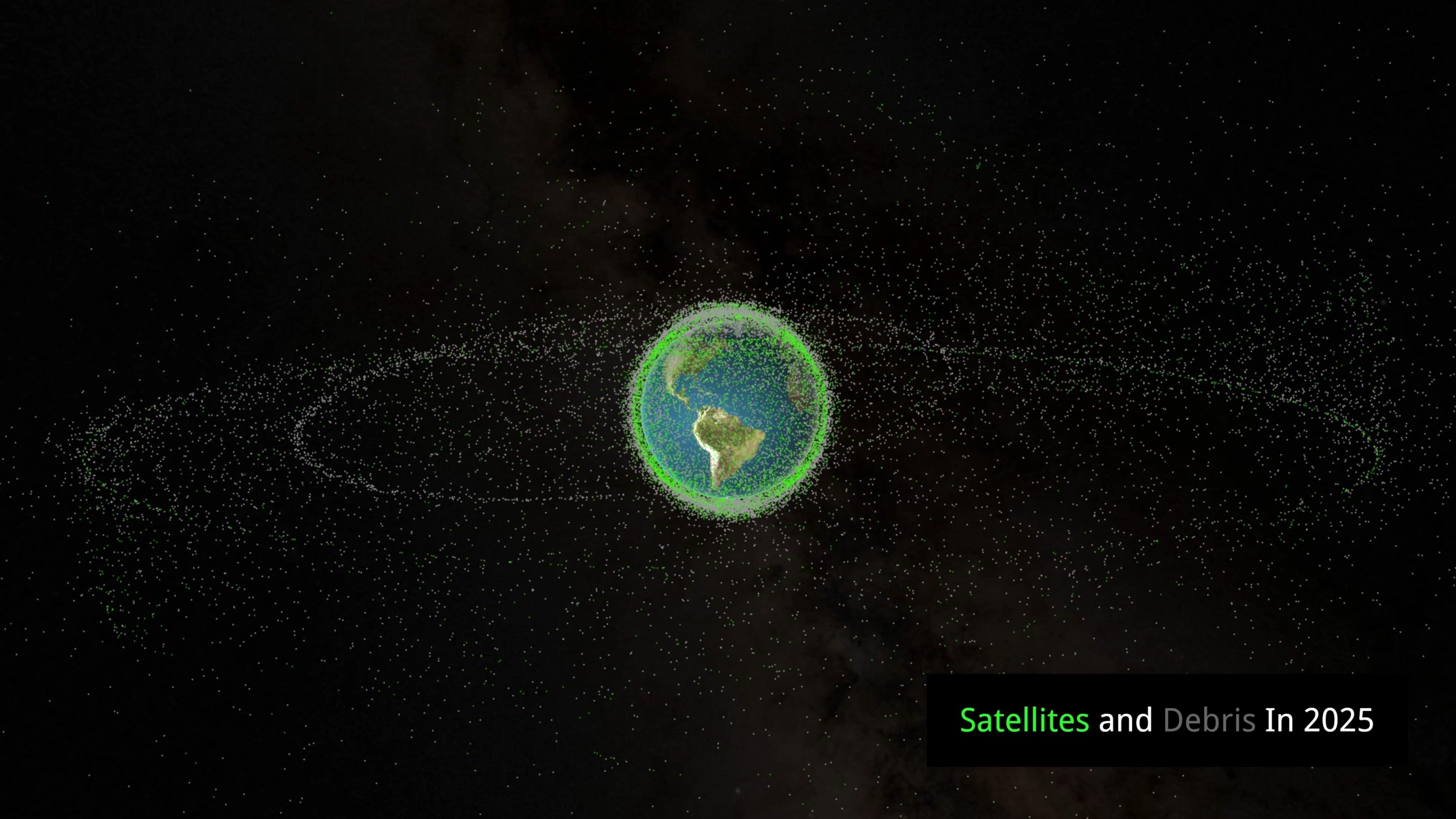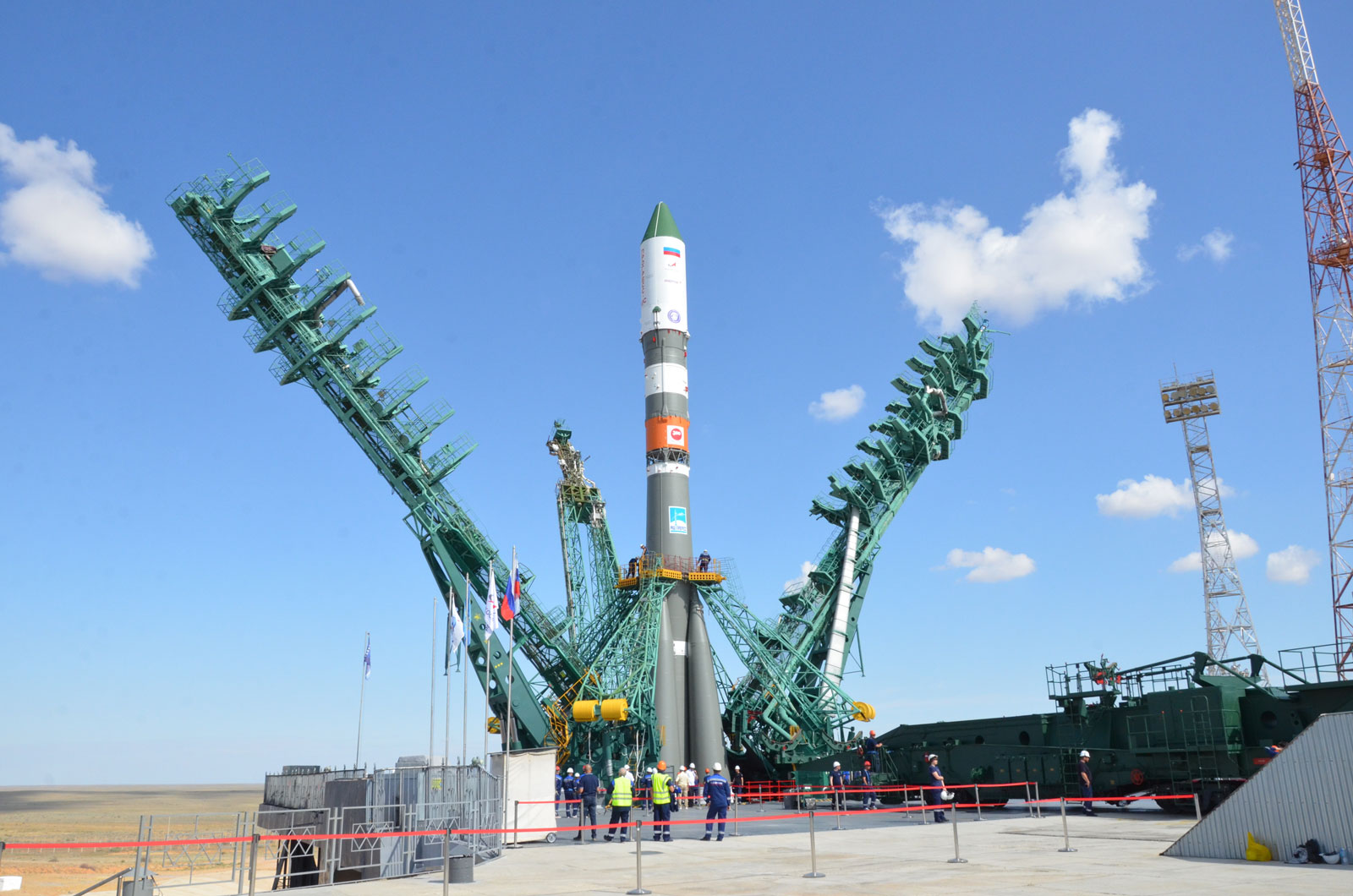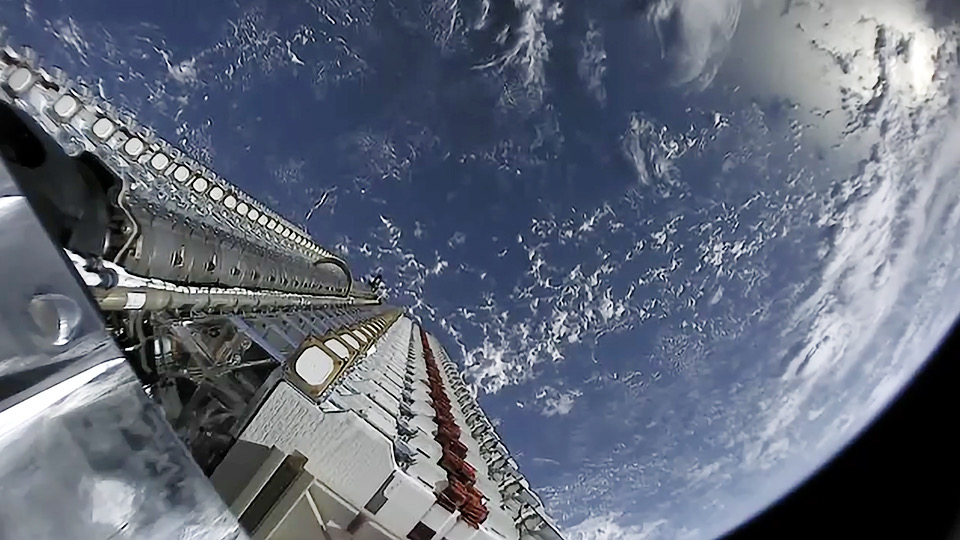· space brief · 4 min read
Space Brief 23 Mar 2025
Discover today's fascinating space events, from exceptional aurora displays to potential exomoon formations, alongside intriguing satellite insights.

📄Top Stories
Today brings extraordinary opportunities for sky gazers amid reports of a robust geomagnetic storm boosting auroral displays. Meanwhile, astronomers are gaining new insights into exomoons forming around young exoplanets. Additionally, a staggering space photo captures an ethereal blue shock wave in a double star system. These phenomena underscore the constant dynamism and allure of our universe.
📰Detailed Coverage
Aurora Alert: Spectacular Light Show Expected
This weekend, a striking aurora display is expected due to a large solar eruption coinciding with high-speed solar wind emerging from a “coronal hole”. Northern lights enthusiasts may witness an augmented spectacle as solar particles interact with Earth’s magnetic field, particularly in northern latitudes where the vibrant lights of auroras could dance spectacularly across night skies.
A coronal hole indicates an area on the sun where solar wind streams more freely, augmenting solar activity effects on Earth’s magnetosphere. Satellite operators should monitor potential impacts as geomagnetic storms can interfere with satellite communications and navigation systems.
Read the full story: Space.com
Exoplanetary Discoveries: The Birth of Exomoons
Astronomers have unveiled ‘baby pictures’ of exoplanets, potentially revealing the birth of exomoons around these youthful celestial bodies. Orbiting a star over 370 light-years away, these infant worlds display emerging disks of gas and dust in remarkable detail, possibly indicating the cradle of new moons.
This discovery provides a rare glimpse into planetary system formation and is furnishing researchers with valuable data to understand how moons form and evolve in distant star systems. The emerging technology designed to capture these images paves the way for future investigations of exoplanetary environments and compositions.
Read the full story: Space.com
Cosmic Phenomenon: Stunning Shock Wave Imaging
A new astronomical photo captures a dramatic bright blue shock wave encircling a double star system, featuring nebulas Abell 6 and HFG1 within the Cassiopeia constellation. This vibrant image provides insight into the interactions within binary star systems, where the interplay of stellar winds and mass can create striking visual phenomena.
Images like these emphasize the ongoing dance of cosmic bodies and phenomena that shape our universe. Observations contribute to our understanding of such processes and their implications for star life cycles, while captivating both professional astronomers and amateur stargazers alike.
Read the full story: Space.com
Inspiring Future Generations: Nichelle Nichols Space Camp
An initiative to honor “Star Trek” icon Nichelle Nichols comes in the form of a new Space Camp designed to inspire young women to pursue careers in space exploration. This program aims to ignite a passion for discovery, encouraging diversity and inclusion in STEM fields.
The legacy left by Nichols as a pioneer in popular culture and space advocacy continues to influence and motivate future explorers. This camp offers immersive experiences that blend education with inspiration, crucial for shaping the next wave of women scientists and engineers.
Read the full story: Space.com
🛰️Satellite Spotlight
- Satellite Name: OBJECT D
- NORAD ID: 59776
- Launch Date: 2024 May 16
- Mission: OBJECT D, also known as SITRO-AIS-53, serves as an Automatic Identification System (AIS) satellite, playing a role in maritime communication and vessel tracking.
- Orbit: Inclination: 97.6107°, Period: 95.35min, Eccentricity: 0.0009829
- Operator: SITRO
- Fun Fact: Launched from the Plesetsk Cosmodrome aboard a Soyuz-2-1B rocket, OBJECT D helps enhance safety and efficiency in global maritime logistics.
Current TLE Data:
1 59776U 24092D 25081.88549127 .00034106 00000+0 16000-2 0 9993
2 59776 97.6107 199.1824 0009829 293.4451 66.5750 15.19538135 46848Track this satellite in real-time on our web app: Track OBJECT D
🚀 Upcoming Space Launches
March 24
-
Isar Aerospace Spectrum:
- Maiden Flight from Andøya Spaceport (11:30 UTC)
- First flight of the Isar Spectrum launch vehicle.
-
SpaceX Falcon 9:
- NROL-69 from Cape Canaveral SFS, FL, USA (17:42 UTC)
- Classified payload for the US National Reconnaissance Office.
March 26
-
Firefly Aerospace Firefly Alpha:
- FLTA006 (Message in a Booster) from Vandenberg SFB, CA, USA (13:37 UTC)
- Sixth flight of the Firefly Alpha small satellite launcher, launching the demonstration mission for Lockheed Martin’s new LM400 satellite bus.
-
Rocket Lab Electron:
- Finding Hot Wildfires Near You (OroraTech OTC-P1) from Rocket Lab Launch Complex 1, Mahia Peninsula, New Zealand (15:30 UTC)
- Launching 8 satellites for OroraTech’s satellite constellation with thermal infrared cameras to monitor wildfires globally.
-
China Aerospace Science and Technology Corporation Long March 3B/E:
- Unknown Payload from Xichang Satellite Launch Center, People’s Republic of China (15:45 UTC)
-
SpaceX Falcon 9:
- Starlink Group 11-7 from Vandenberg SFB, CA, USA (22:00 UTC)
- A batch of satellites for the Starlink mega-constellation.
March 30
- SpaceX Falcon 9:
- Starlink Group 6-80 from Cape Canaveral SFS, FL, USA (19:16 UTC)
- A batch of satellites for the Starlink mega-constellation.
March 31
-
Gilmour Space Technologies Eris-1:
- Maiden Flight from Bowen Orbital Spaceport (00:00 UTC)
- Maiden flight of Gilmour Space’s orbital launch vehicle Eris.
-
United Launch Alliance Atlas V 551:
- Project Kuiper (Atlas V #2) from Cape Canaveral SFS, FL, USA (00:00 UTC)
- Project Kuiper is a mega constellation of satellites that will offer broadband internet access, managed by Kuiper Systems LLC, a subsidiary of Amazon.
-
Rocket Lab HASTE:
- DART AE from Wallops Flight Facility, Virginia, USA (00:00 UTC)
- Payload is a scramjet-powered hypersonic vehicle developed by Australian company Hypersonix.
Note: Launch dates and times are subject to change due to technical or weather considerations.

Maurice Stellarski





